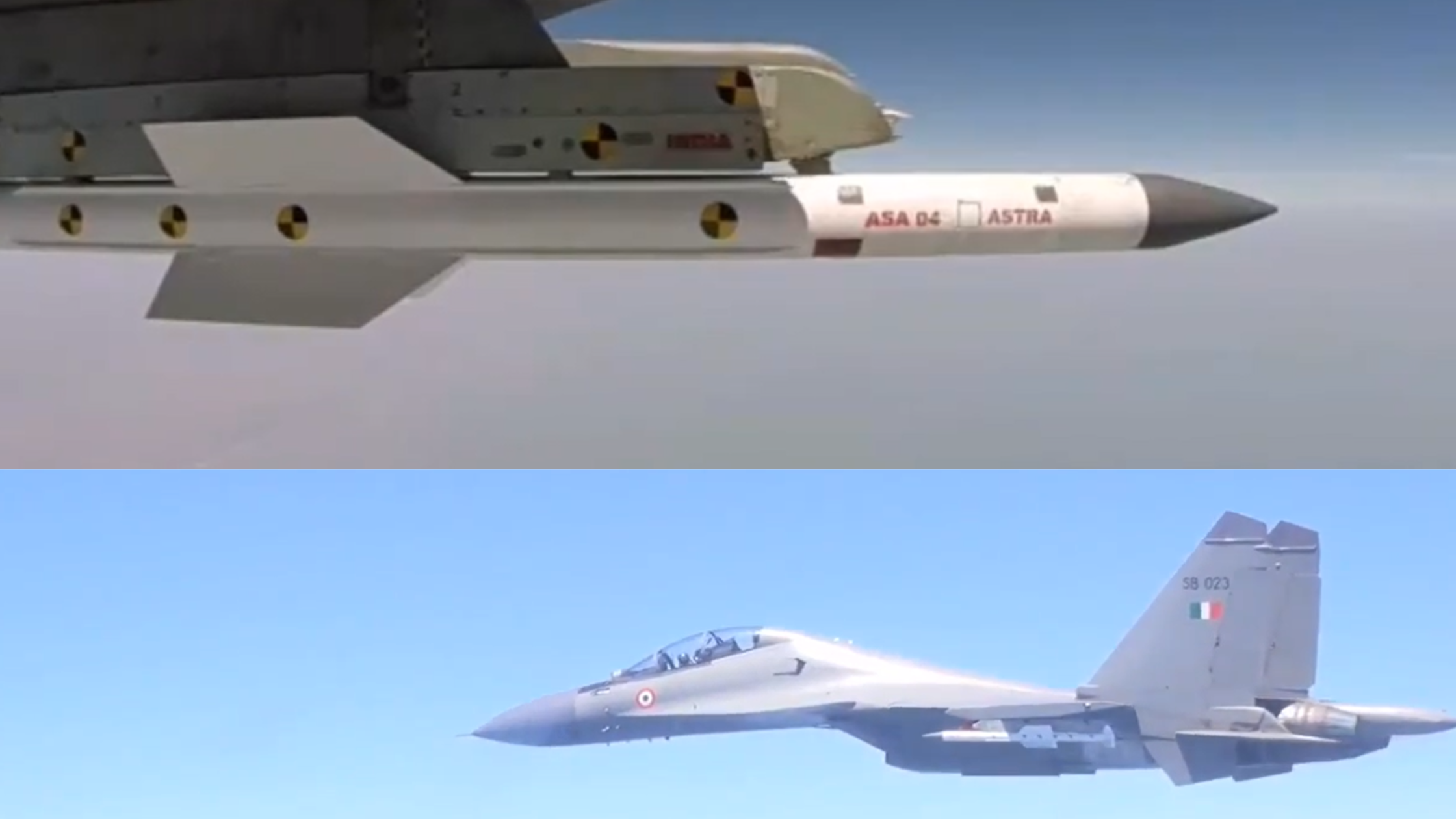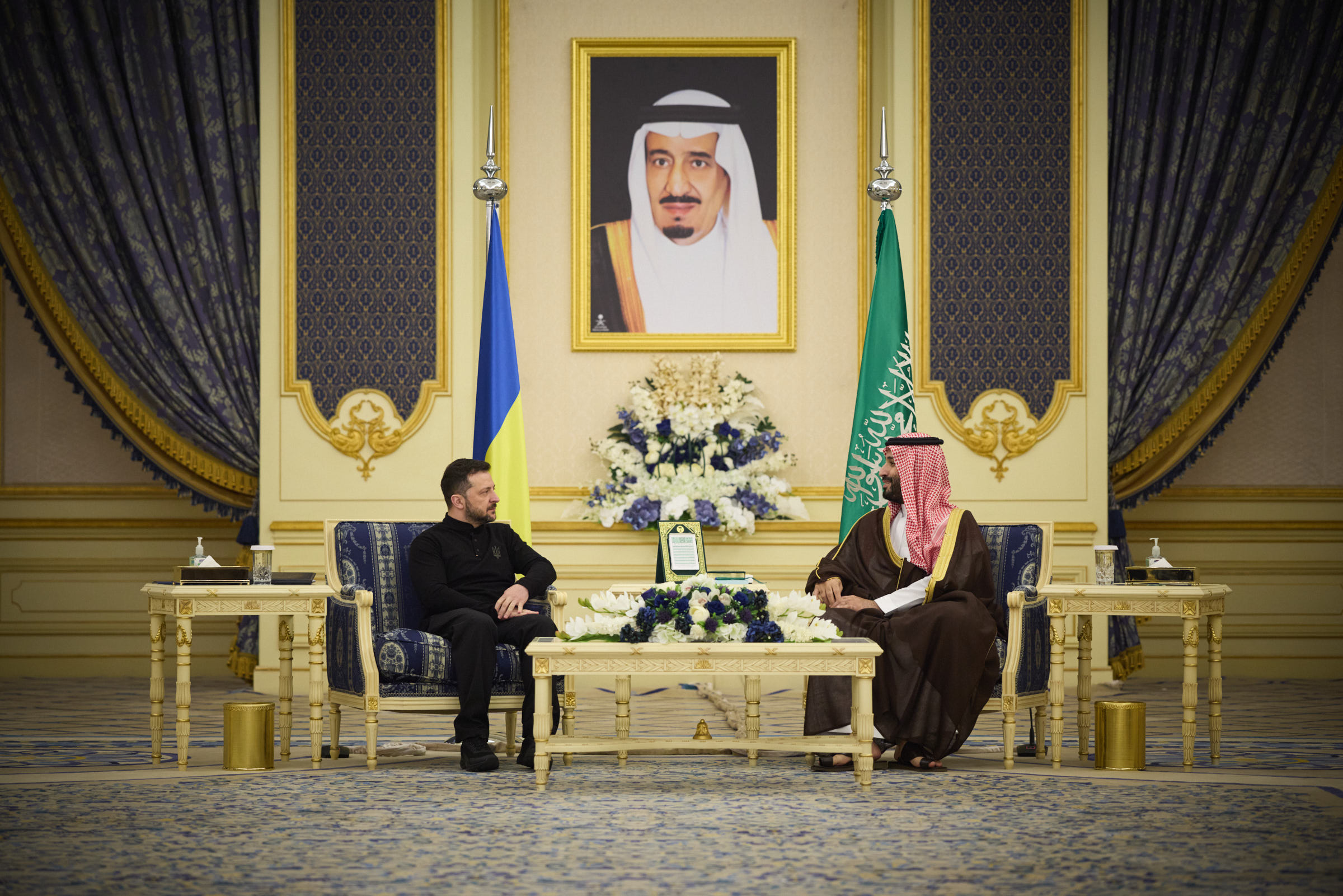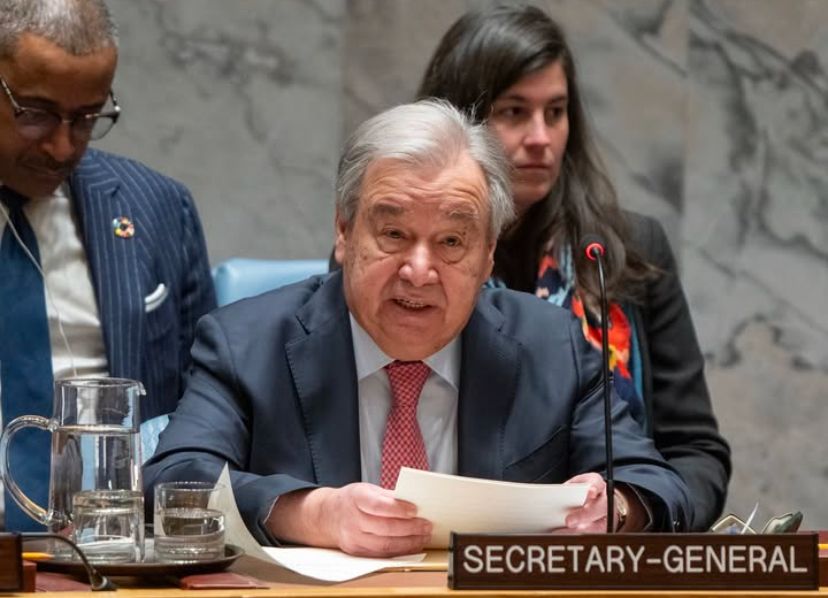Poland has taken a major step toward reinforcing its national security with a newly approved $1.33 billion air defence missile package from the United States. Announced on Tuesday, this development reflects the deepening military collaboration between Warsaw and Washington, amid evolving regional defence dynamics in Europe. The deal includes 400 AIM-120D medium-range air-to-air missiles and a comprehensive support system to ensure seamless integration into Poland’s military infrastructure.
This missile procurement marks a pivotal chapter in Poland’s defence policy as it seeks to modernise its arsenal and align more effectively with NATO’s broader strategic imperatives. The timing of the sale underscores growing concerns over regional security and Poland’s clear intention to maintain a robust defence posture in light of recent geopolitical developments.
AIM-120D Missiles To Enhance Poland’s Aerial Combat Readiness
The AIM-120D is among the most advanced air-to-air missiles currently in operation. Known for its extended range, high accuracy, and advanced guidance capabilities, the missile is designed to intercept and destroy aerial threats with high reliability. The inclusion of these missiles in Poland’s arsenal is expected to dramatically enhance the country’s aerial combat capability and overall air defence system.
The missile deal is more than a symbolic gesture of support from the United States. It provides Poland with cutting-edge military technology that will significantly raise its defence standards. By investing in modern air-to-air weaponry, Poland is preparing to deter emerging threats and contribute more substantially to collective NATO operations.
U.S. Agreement Includes Software, Spare Parts, And Support Systems
Beyond the missile hardware, the defence package includes vital components such as guidance system kits, spare parts, and dedicated shipping containers. Importantly, the United States is also providing Poland with access to specialised software essential for the operation and maintenance of these missiles. This support ensures operational readiness and offers a complete, self-sustained system that can be efficiently managed by Polish forces.
These added elements underscore the comprehensive nature of the agreement. It’s not simply a hardware sale, but a holistic defence solution that enables Poland to train its personnel, maintain the systems independently, and incorporate them seamlessly into existing military platforms. Such a thorough package improves not only Poland’s combat preparedness but also its long-term defence sustainability.
Deal Receives U.S. State Department And Congress Notification
The sale has received the approval of the U.S. State Department and awaits the standard notification process through the U.S. Congress. The Defence Security Cooperation Agency (DSCA) has officially submitted the required documents to legislative bodies, allowing for further review and formal approval.
While this is a routine step in foreign military sales, it also highlights the transparency and institutional checks within the U.S. defence export system. The notification process ensures that international arms sales align with long-term foreign policy objectives, global stability goals, and national security strategies.
Poland Aims For Higher Defence Spending By Next Year
In a parallel development, Poland has reaffirmed its commitment to increasing defence expenditure to 5% of its gross domestic product (GDP) by next year. This target places Poland among the top contributors within NATO in terms of defence spending, reflecting its intention to be a leading force within the alliance.
The government in Warsaw has emphasised that this increase in spending is a response to both internal security assessments and broader geopolitical trends. The missile deal with the United States fits seamlessly into this agenda, representing a tangible step toward achieving defence expenditure goals and military readiness.
Washington’s Foreign Policy Supports Allied Stability And NATO Readiness
The United States views this sale as consistent with its foreign policy of strengthening the defence capabilities of its allies, particularly within NATO. According to statements from U.S. defence officials, enabling NATO members like Poland to maintain advanced defence systems contributes to a stable, secure, and balanced Europe.
Such support also aligns with Washington’s broader goal of ensuring that its transatlantic partners can manage regional security challenges independently while still operating in concert with U.S. forces. The transaction reaffirms a long-standing defence partnership between the two nations, built on mutual strategic interests and shared security concerns.
Broader NATO Context: Rising Military Investments Across Europe
Poland is not alone in its pursuit of greater defence preparedness. Across Europe, several NATO members are similarly increasing military investments in response to shifting geopolitical conditions. Just last week, Estonia announced a new defence budget pushing its defence expenditure to approximately 5.4% of GDP.
This collective movement within NATO demonstrates a coordinated effort to elevate defence capacities and promote interoperability among member states. As nations modernise their forces, the alliance as a whole benefits from improved deterrence, greater coordination, and the ability to respond swiftly to evolving threats.
Poland’s Military Modernisation Efforts Amid Shifting Security Priorities
Poland’s broader defence strategy extends beyond missile acquisition. In recent years, the country has invested significantly in military infrastructure, training programs, and technology upgrades. These include expanding its fleet of fighter jets, increasing troop readiness, and enhancing cyber defence capabilities.
Such initiatives reflect a proactive stance toward national and regional defence. The goal is not merely to react to threats but to build a military force that can prevent conflict through credible deterrence. The U.S. missile deal is one component of this long-term strategy and serves as a visible marker of Poland’s commitment to comprehensive defence modernisation.
Defence Partnerships Strengthen Regional Stability Through Technology Sharing
The Poland-U.S. missile agreement also highlights the importance of defence technology sharing between allied nations. By transferring not only weapons but also the knowledge and tools necessary for their use, both countries build a foundation of mutual trust and interoperability.
Such partnerships ensure that regional defence mechanisms remain agile and unified. For Poland, access to American technology places it on par with some of NATO’s most advanced military forces. This cooperative framework strengthens the broader alliance and provides a buffer against uncertainty in an unpredictable global environment.
Strategic Preparedness And Modern Defence In A Changing Europe
As Europe faces shifting political and security realities, strategic preparedness has become a central focus for many governments. For Poland, the missile deal is not simply a reaction to current events but a proactive investment in future stability. By aligning with the United States and modernising its arsenal, Poland is ensuring that it remains capable of managing present and emerging defence challenges.
In this context, military agreements such as the AIM-120D missile sale are not isolated events but part of a much larger narrative of transformation in European defence. It is a story of nations preparing not only for deterrence but also for peace through strength, strategy, and solidarity.
A Forward-Looking Investment In Security And Alliance Unity
Poland’s approval to purchase U.S. air defence missiles marks a defining moment in its security journey. This agreement serves multiple purposes—strengthening national defence, reinforcing NATO capabilities, and deepening international cooperation. The move is rooted in foresight, not fear, and reflects Poland’s determination to contribute meaningfully to a collective defence framework.
As Warsaw steps forward with technological upgrades and increased defence spending, it sends a message of preparedness and partnership to both allies and potential adversaries. In a time when global dynamics continue to evolve, this missile deal demonstrates how nations can build bridges of security through shared purpose and mutual respect, paving the way for a more stable future in Europe and beyond.









3 Comments
[…] do more than support domestic industry—they solidify American influence abroad by embedding U.S. technology and doctrine into allied military […]
[…] heavily dependent on coal for electricity generation, Poland—a country of nearly 36 million and the current holder of the European Union’s rotating […]
[…] assaults amid its ongoing conflict, President Volodymyr Zelensky held strategic consultations with NATO Secretary General Mark Rutte and leaders of the European Quint (E5) – comprising France, Germany, […]
Comments are closed.